
Creativity Lorenzo Lotto was formed in Venice under the influence of the art of J. Bellini and A. Vivarini. The artist worked in many Italian cities and eventually found shelter in one of the religious centers of Italy – the sanctuary of the Site of Casa in Loreto, where he restored paintings, painted statues and even wrote checks for hospital beds.
Such an unusual activity of a major master is related to the fact that his art was closer not to the High Renaissance style that prevailed at that time in the art centers of Italy, but to the already archaic heritage of the Early Venetian Renaissance, the picturesque schools of Brescia and Lombardy, the anti-classical ideals of German art and Early Mannerism. Small provincial cities with archaic and folk traditions preserved there became a living space for the master.
The painting “Farewell of Christ to the Mother” was created in Bergamo – a small town with magnificent architecture, located among the picturesque nature. It was written during the creative period of Lotto, when, after a short stay in Rome, the artist seemed to be liberated: the plastics of movements in his works became freer, painting became soft, he strove for the subtlest transmission of light and light shadows. Other famous works: “Portrait of a young man.” 1508. Museum of Art History, Vienna; “Lucretia”. OK. 1534. National Museum, London.
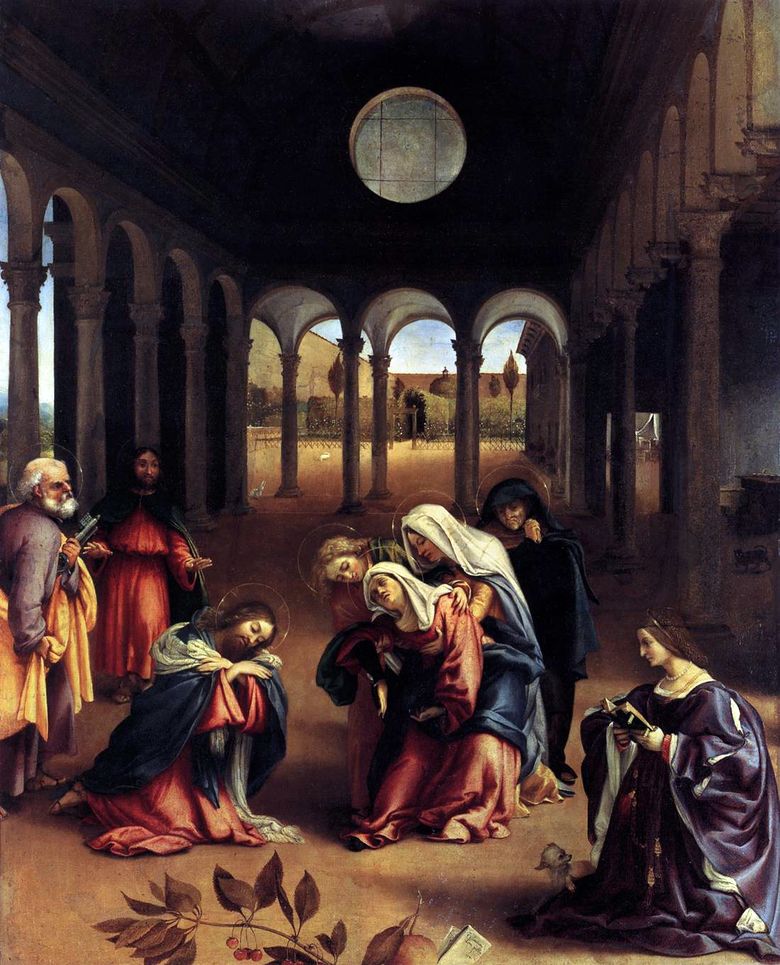 La communion du Christ avec la mère – Lorenzo Lotto
La communion du Christ avec la mère – Lorenzo Lotto Venus and Cupid by Lorenzo Lotto
Venus and Cupid by Lorenzo Lotto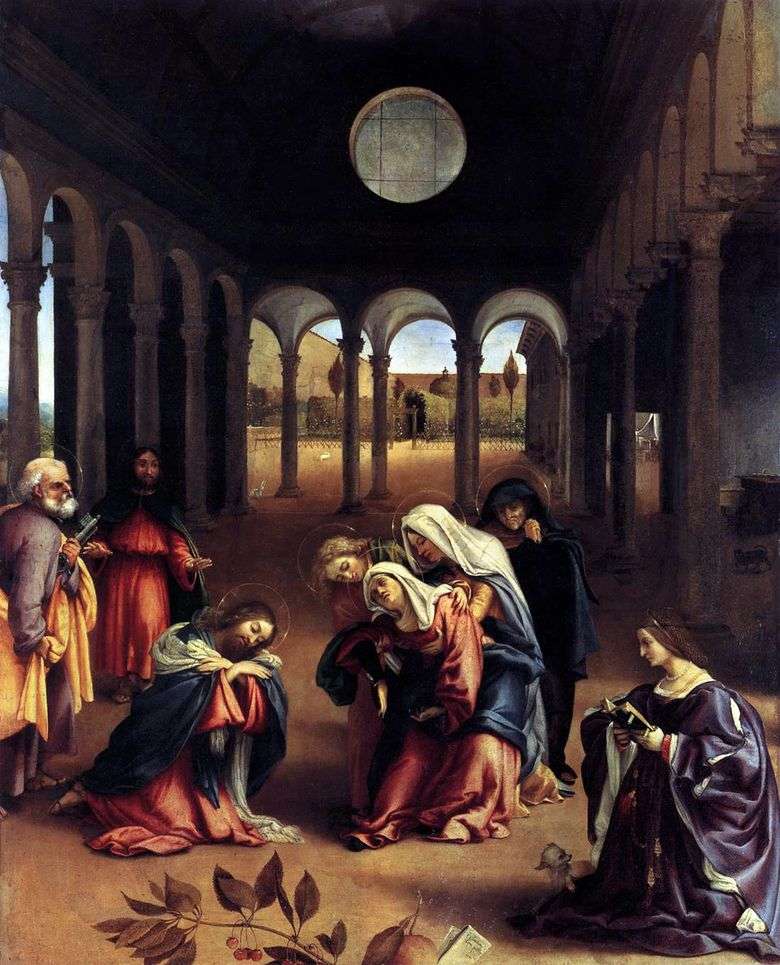 Captura de Cristo con la Madre – Lorenzo Lotto
Captura de Cristo con la Madre – Lorenzo Lotto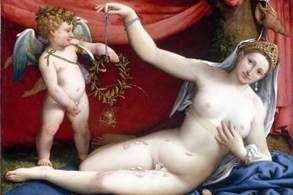 Venus y Cupido – Lorenzo Lotto
Venus y Cupido – Lorenzo Lotto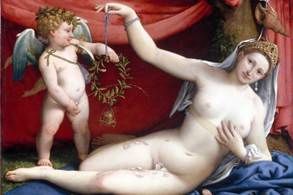 Vénus et Cupidon – Lorenzo Lotto
Vénus et Cupidon – Lorenzo Lotto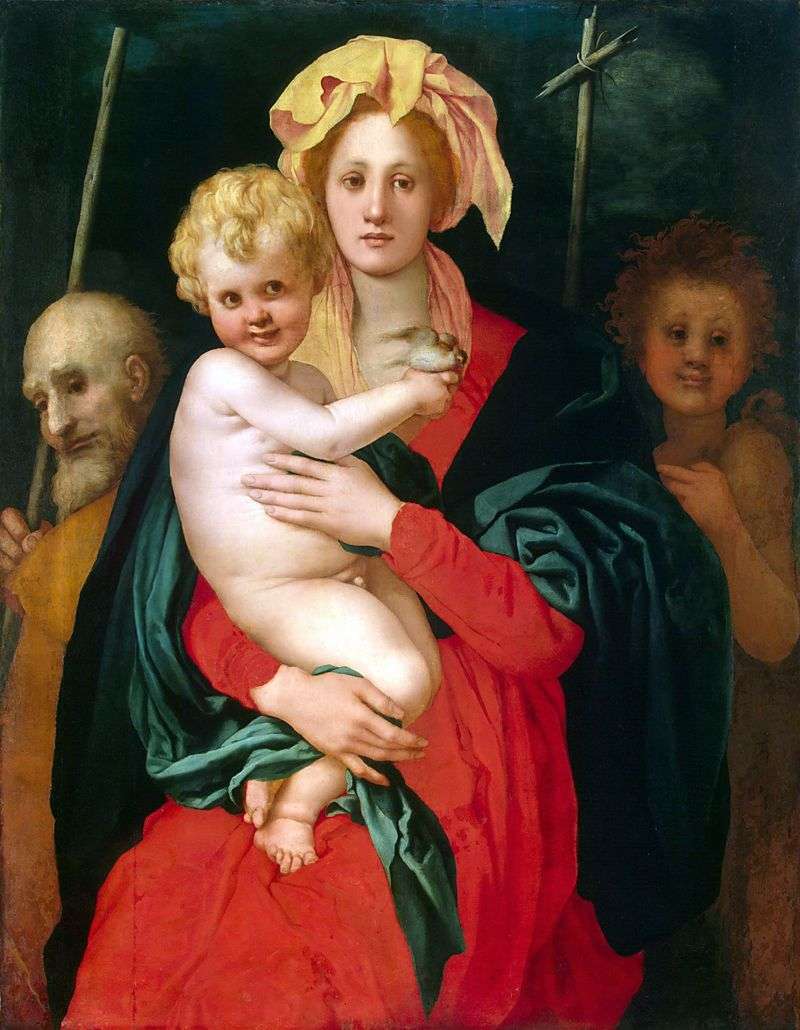 Madonna and Child, St. Joseph and John the Baptist by Jacopo Pontormo
Madonna and Child, St. Joseph and John the Baptist by Jacopo Pontormo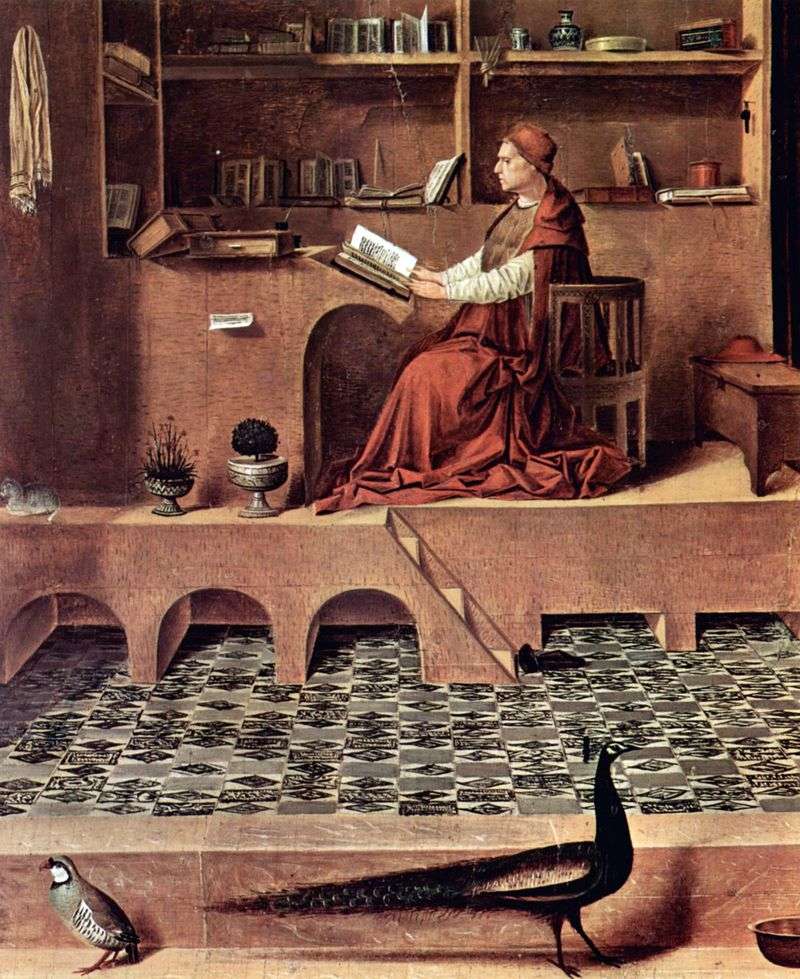 Saint Jerome in the Cell by Antonello da Messina
Saint Jerome in the Cell by Antonello da Messina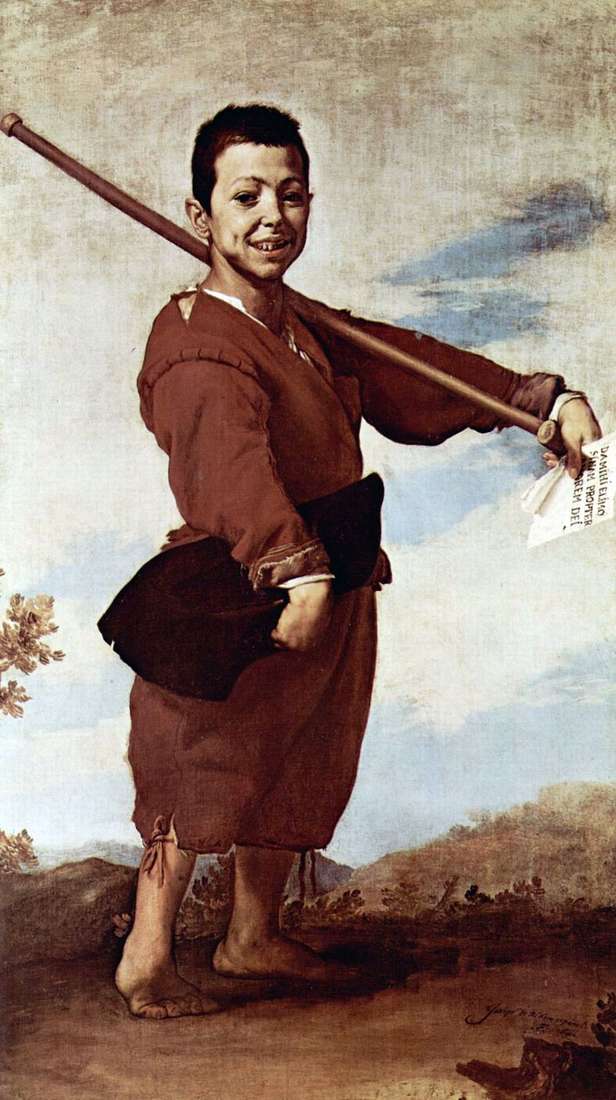 Chromium by Jusepe de Ribera
Chromium by Jusepe de Ribera